The Rise and Application of Oil-Proof Cardboard
As consumers' requirements for food safety and hygiene are increasing, the selection of food packaging materials has become particularly important. For foods with a high oil content, such as fried foods, fast food, baked products, etc., if the packaging material does not have oil-proof properties, oil stains can easily penetrate into the packaging, which not only affects the appearance and taste of the food, but may also pose a threat to the hygiene and safety of the food. Therefore, the innovation and application of cardboard food Tray in oil-proofing are particularly important.
Some cardboard pallet manufacturers have begun to use oil-proof paper or paper coated with oil-proof coating to make Tray. Oil-proof paper is usually achieved by applying a special oil-proof agent or coating on the surface of the paper, which can form a dense barrier to effectively prevent the penetration of oil stains. Paper coated with oil-proof coating is a thin layer of oil-proof material applied to the surface of the paper, which can also achieve the effect of oil-proofing. These oil-proof cardboard Tray can not only effectively prevent oil stains from contaminating food, but also maintain the original flavor and taste of the food.
Advantages and limitations of oil-proof properties
The application of oil-proof cardboard Tray in food packaging brings many advantages. First, they can effectively prevent oil from penetrating, keeping the food clean and taste good. This is especially important for foods that need to be transported or stored for a long time, because the penetration of oil may accelerate the deterioration process of food. Secondly, oil-proof cardboard Tray can also improve the hygienic safety of food and reduce food safety problems caused by oil pollution. In addition, these Tray are also recyclable and environmentally friendly, meeting the requirements of modern society for green packaging.
However, oil-proof cardboard Tray also have certain limitations. For foods with high fat content, such as fried chicken and French fries, although oil-proof cardboard Tray can provide a certain degree of protection, oil may still penetrate into the interior of the pallet under long-term contact or high temperature conditions. In addition, some oil-proof coatings or oil-proof agents may pose potential risks to human health, so their safety and compliance need to be carefully evaluated when used.
Choice of more professional oil-proof packaging materials
For foods with high fat content, more professional oil-proof packaging materials may be required to ensure food safety and hygiene. These materials usually have higher oil resistance and longer service life, and can effectively prevent the penetration and diffusion of oil pollution. For example, some packaging materials made of polymer materials or composite materials not only have good oil resistance, but also have excellent mechanical strength and heat resistance, which can meet the special needs of high-fat foods during transportation and storage.
In addition, with the continuous advancement of science and technology, some new environmentally friendly oil-proof materials are also emerging. These materials not only have good oil resistance, but also can be degradable or recyclable, thereby reducing pollution to the environment. Therefore, when choosing oil-proof packaging materials, it is necessary to comprehensively consider factors such as its oil resistance, safety, environmental protection, and cost-effectiveness.

 English
English Español
Español عربى
عربى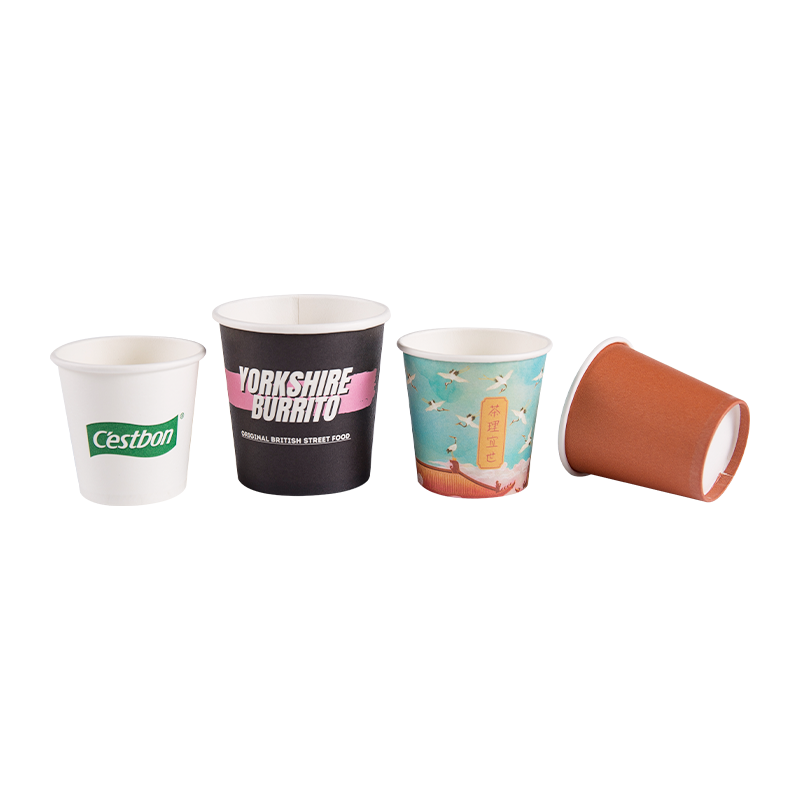


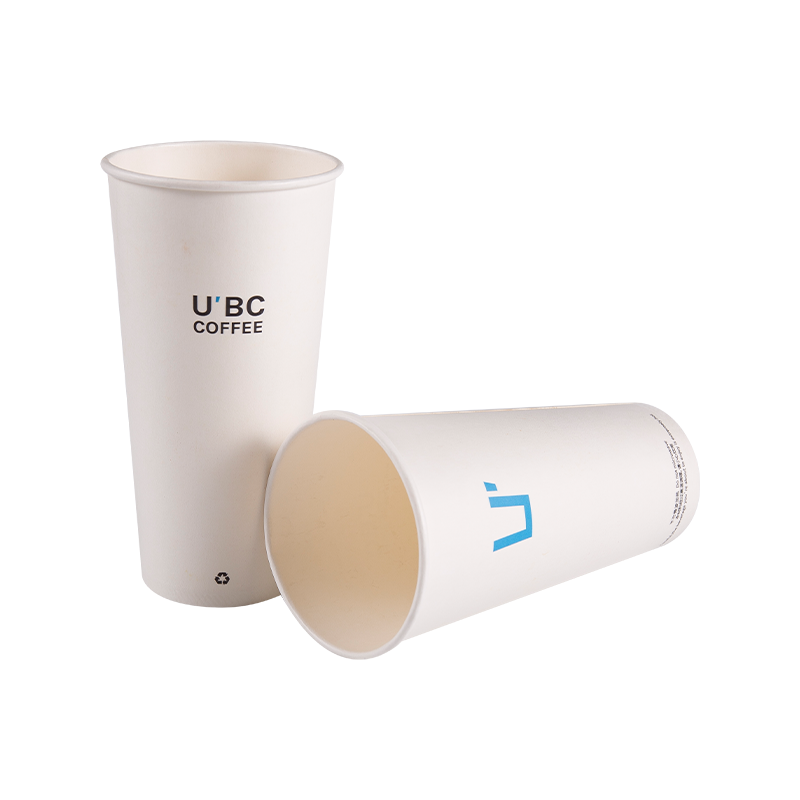
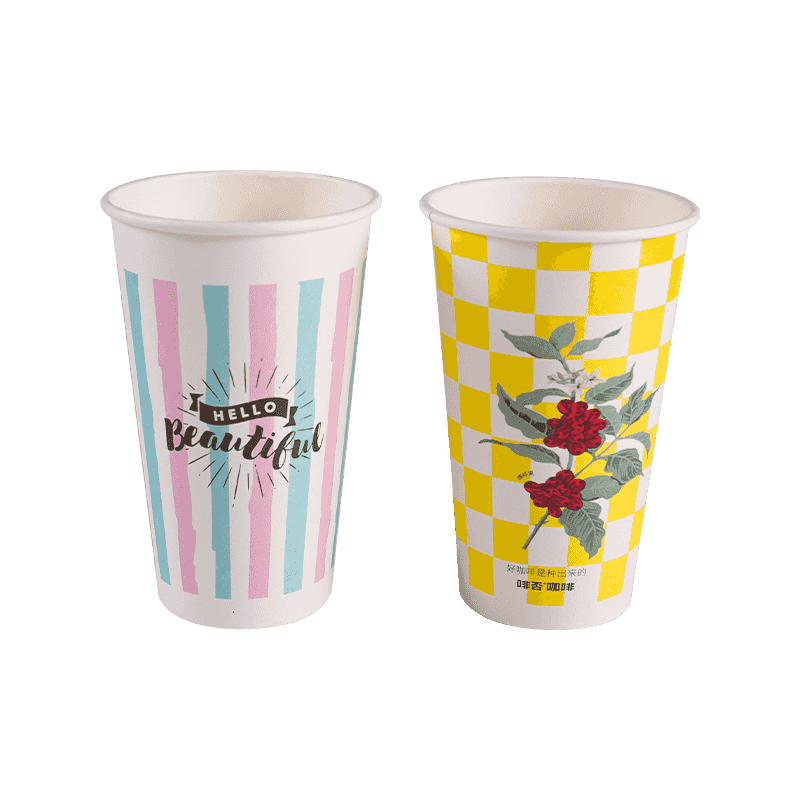

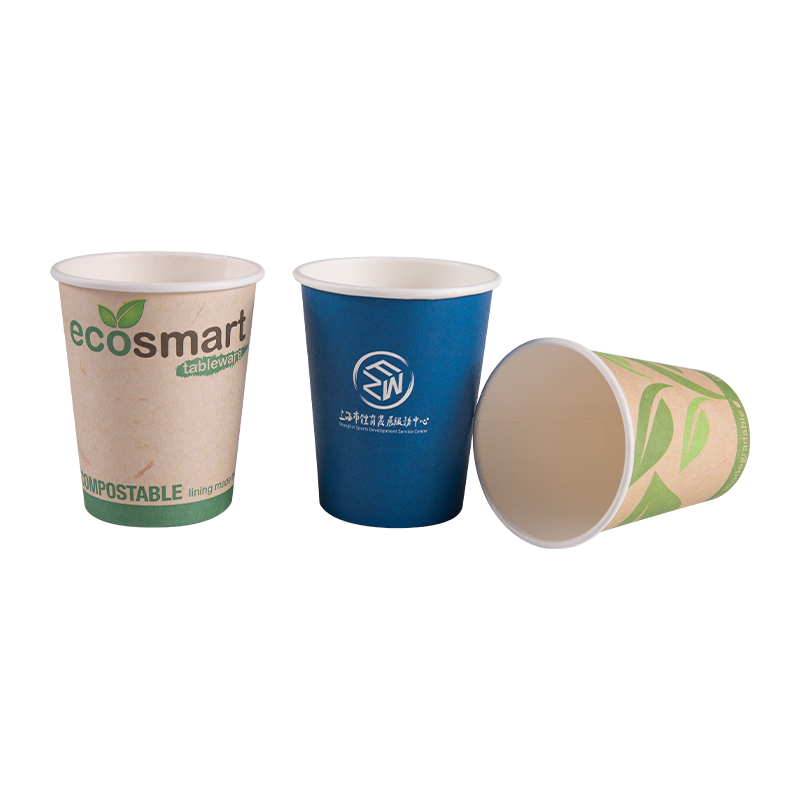
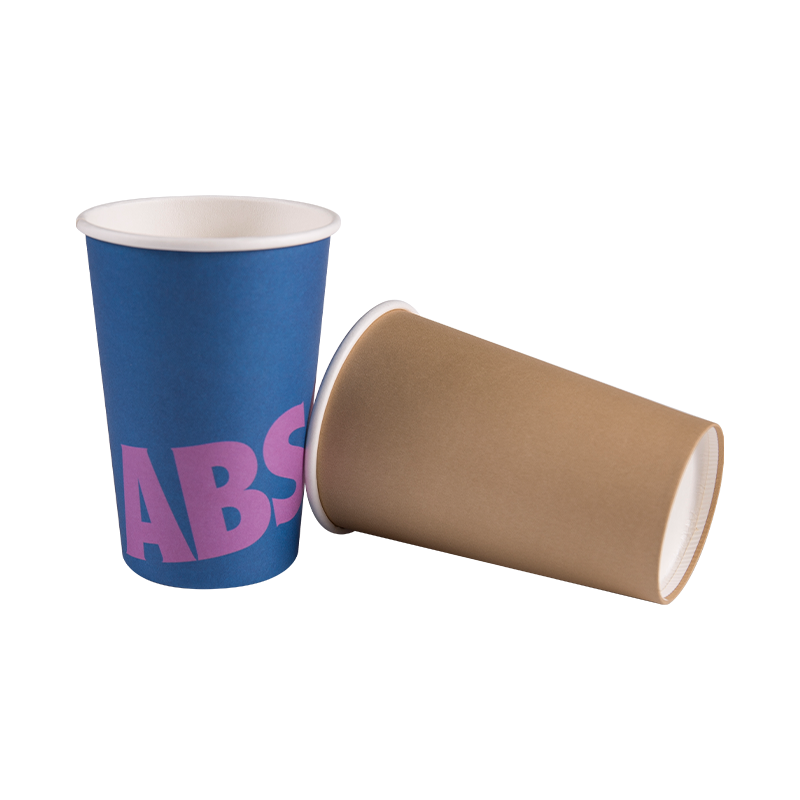

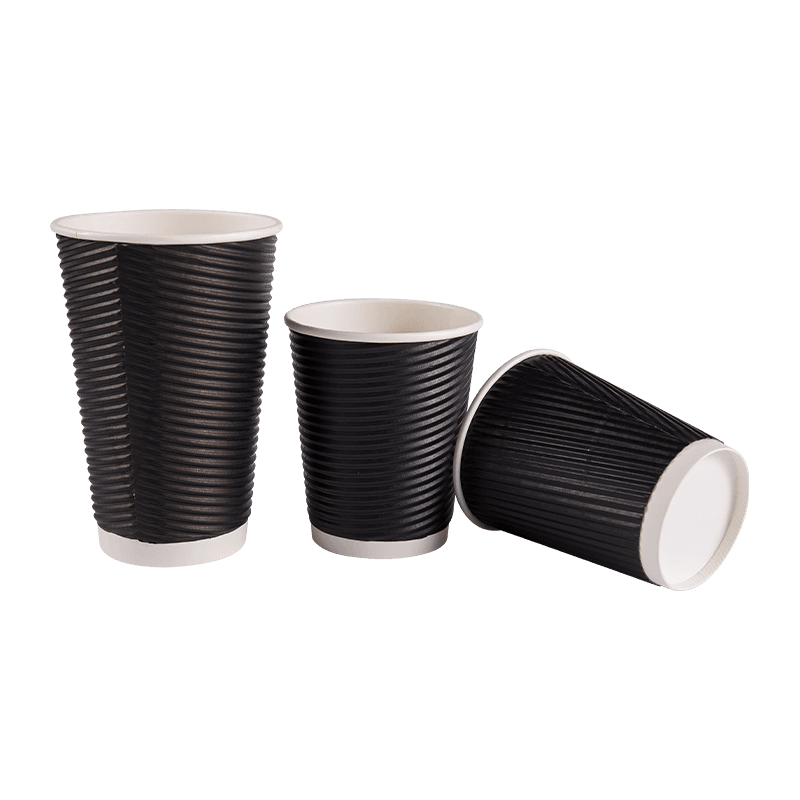
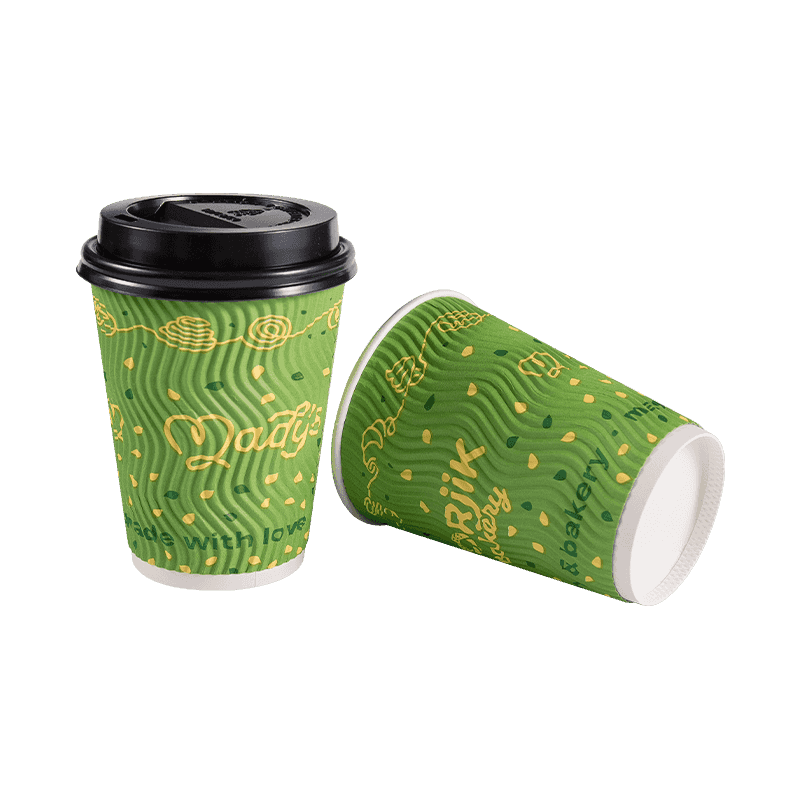
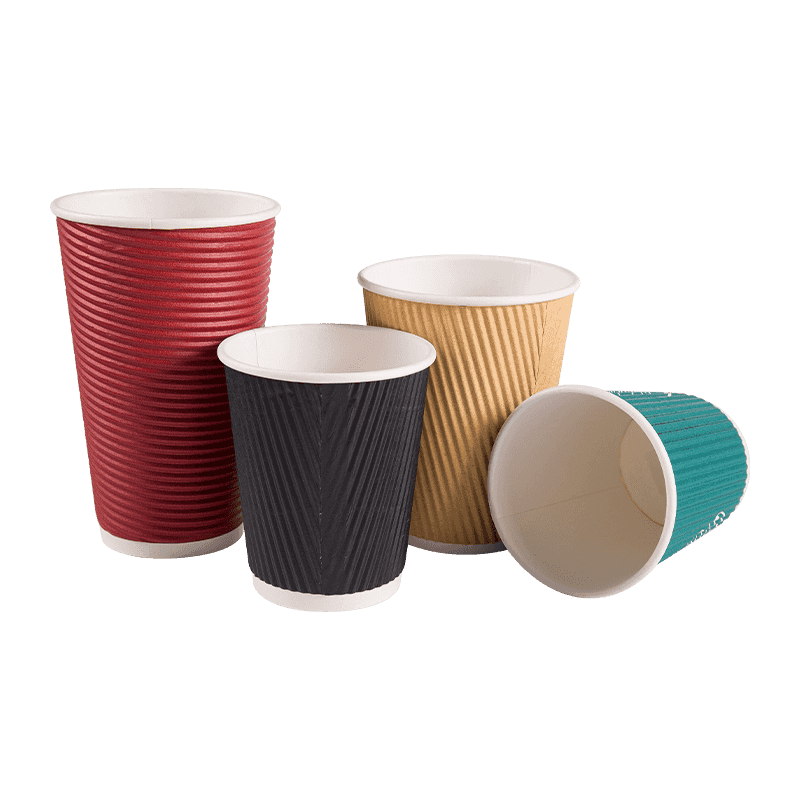

 +86-0563-8029081
+86-0563-8029081
 +86-0563-8029081
+86-0563-8029081 No. 12 Sanxi Road, Xinqiao Development Zone, Jingde Country, Xuancheng City, Anhui Province.
No. 12 Sanxi Road, Xinqiao Development Zone, Jingde Country, Xuancheng City, Anhui Province.